A list of things we saw, tried and experienced
Although we have been in Colombia for just a bit over a week, and we have done big parts of it by bus or pick-up, we have still seen and experienced a lot of things we would like to summarize here. It has also been our first country on the trip, so our sense of wonder is still specially awake.
Route
We started quite far south, in Cali, with barely 500 kms to the border. Many Colombians have told us we missed the best part of the country, which usually they say it’s Medellin and the “eje cafetero”. Maybe for next time. Starting in Cali meant less km to the Ecuatorian border, but also not much training time before we started with the big mountains. From Cali to Santander is completely flat, but afterwards the climbs start. From Santander to Popayán the climbs are moderate and with good hardshoulder, then from Popayán to Pasto it’s a continuous up and down with serious climbs, lots of traffic, and nearly no hardshoulder. From Pasto the road improves a lot, a highway with several lanes and wide shoulders up to Pedregal. After Pedregal the highway is still being built, but currently it’s still the old road with only one lane, narrow, and plenty of traffic. The detour to Las Lajas is on a small local road, safe enough for cycling.
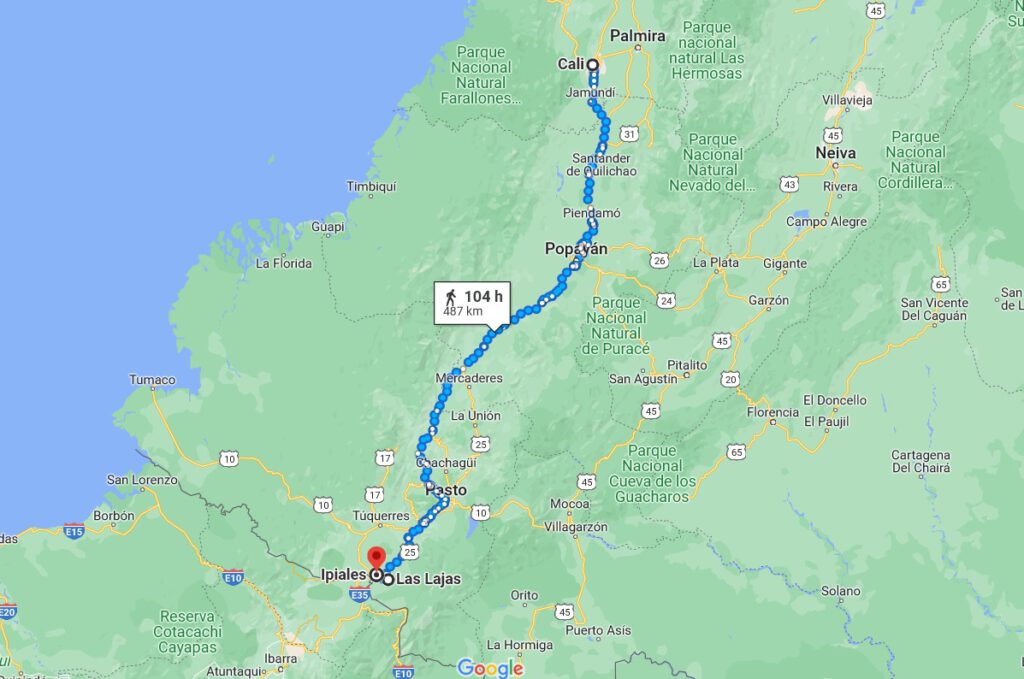
Food
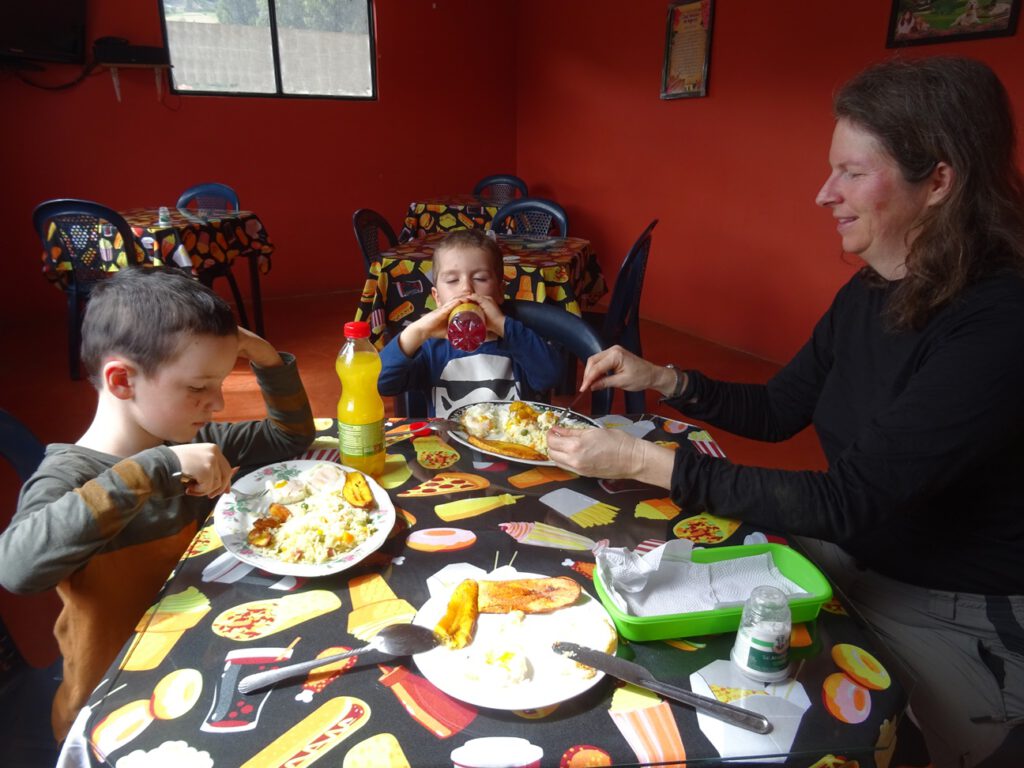
The food is one of the first things you notice when you arrive in a new country. Colombians seem to have a mostly egg based breakfast (the eggs can be fried, scrambled, “rancheros” (with bits of chorizo), pericos,…) usually with arepas as side (corn-based pancakes) and black coffee. The lunch and dinner are very similar to each other. The cheapest option seems to go for an “almuerzo” which would be similar to a “menu del día” in Spain or “Tagesmenu” in Germany. This is a set meal with a very competitive price, anything around 10000 pesos (2 euros), going up or down depending on the quality and location of the restaurant. The menu consists on a soup (usually vegetables with some meat) called sancocho, and then a main course which is usually some sort of meat you can choose (for sure chicken, maybe also pork or beef, sometimes fish -usually tilapia-) with rice and fried bananas. If you are lucky to find a fish restaurant, or a vegetarian, the menu will be similar but swapping the meat with fish or vegetables. For dinner, usually called “merienda”, the same menu applies. A drink, usually a fresh fruit juice, is included. Sometimes even a dessert or a black coffee but not often. If you don’t want the soup, you can ask for a “seco” (a dry one) which is the same menu without the soup.
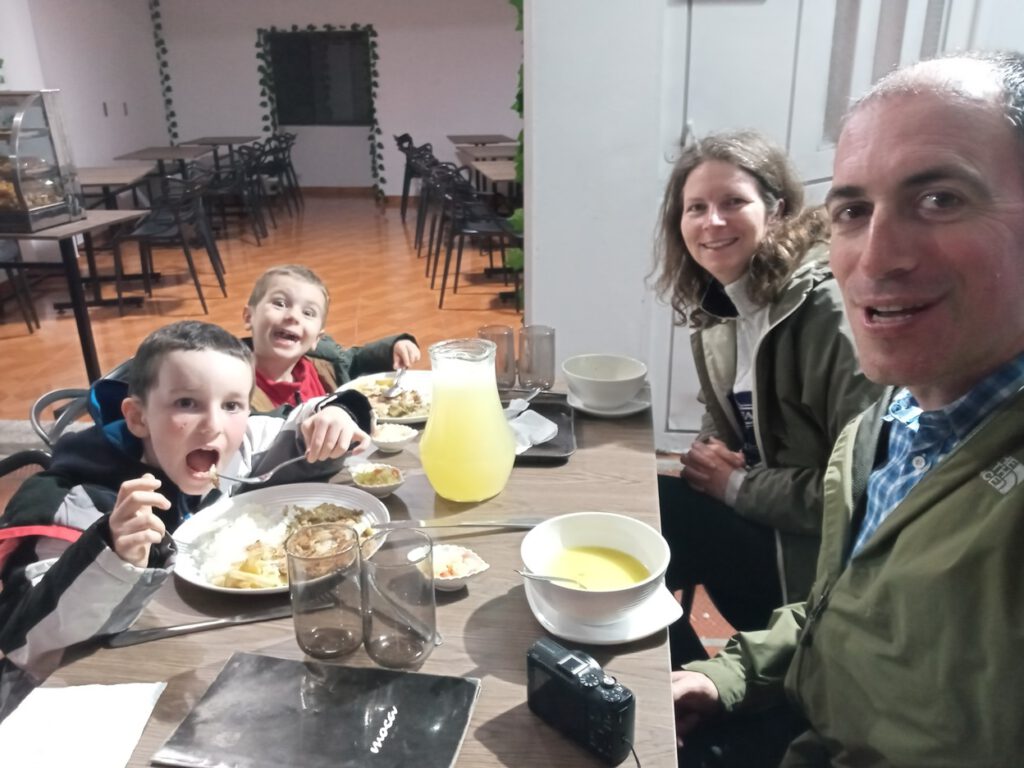
Fruits
Colombia being a country with huge areas of tropical weather, the amount of exotic fruits was amazing, specially for us. Apart from the usuals you can already find anywhere (mango, papaya,…) there were still many we had not seen or tasted before. A few examples:

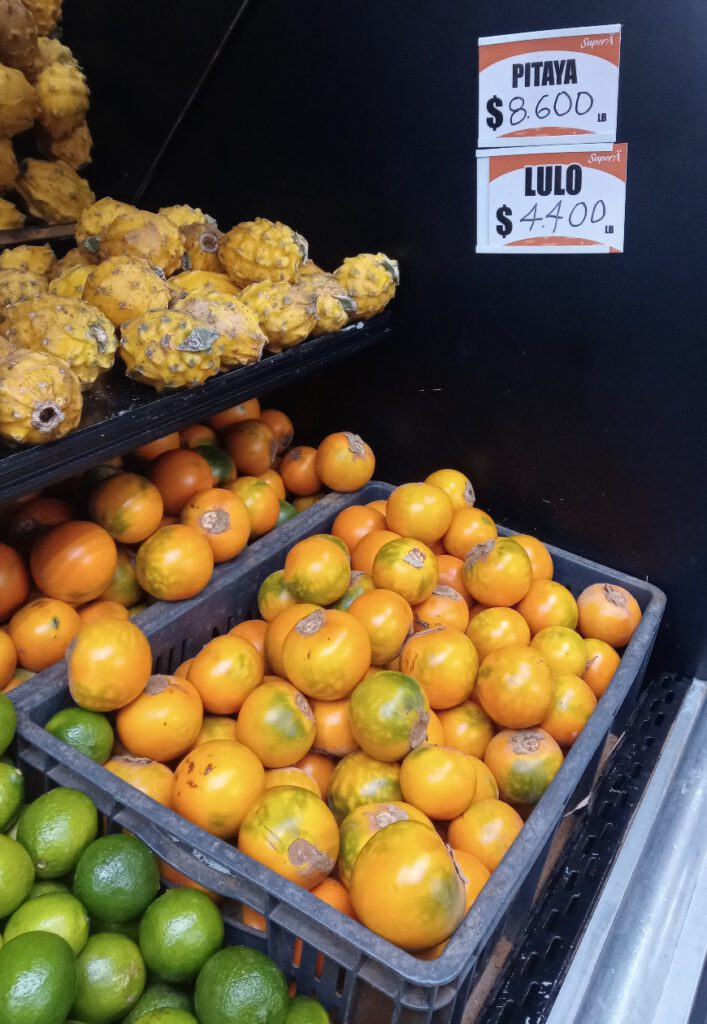
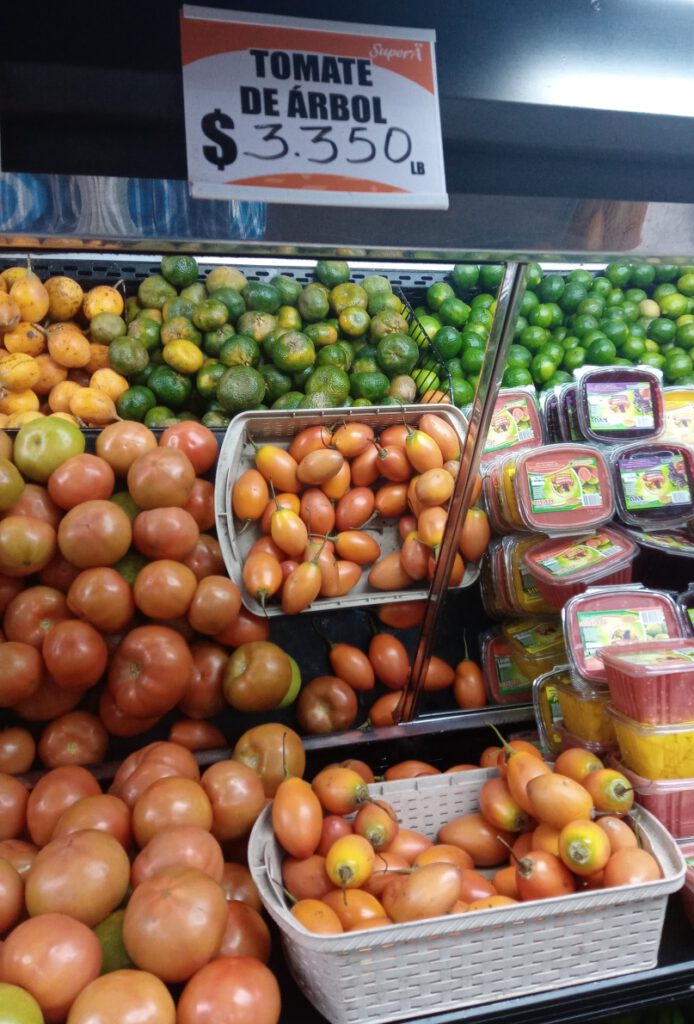
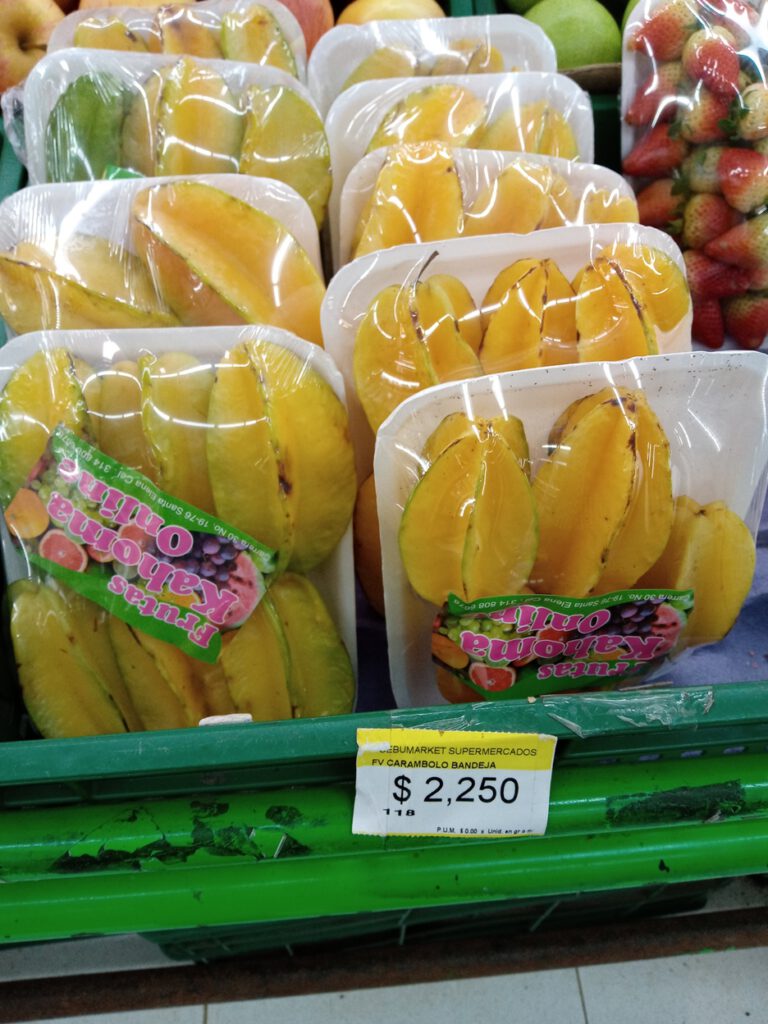
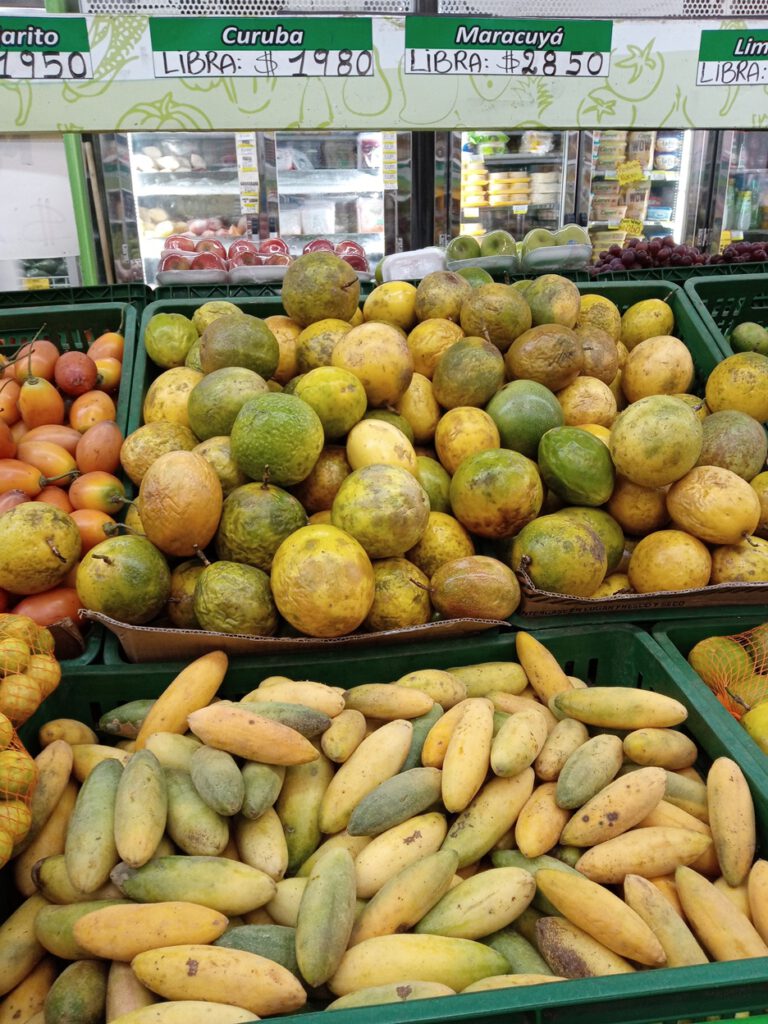
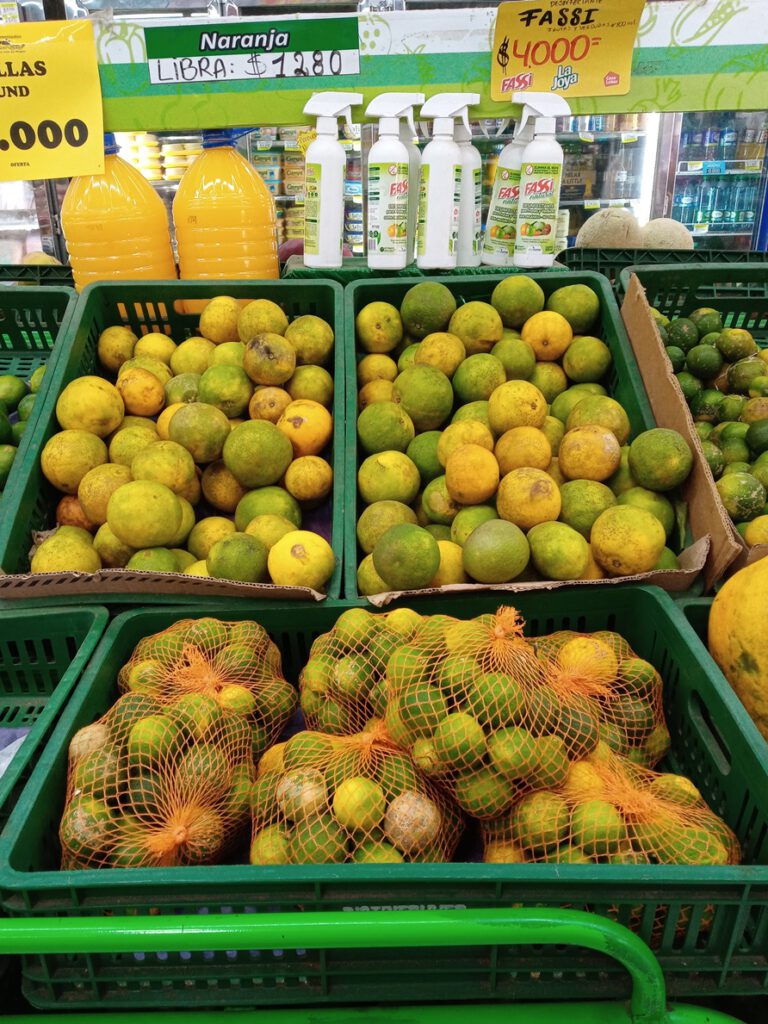
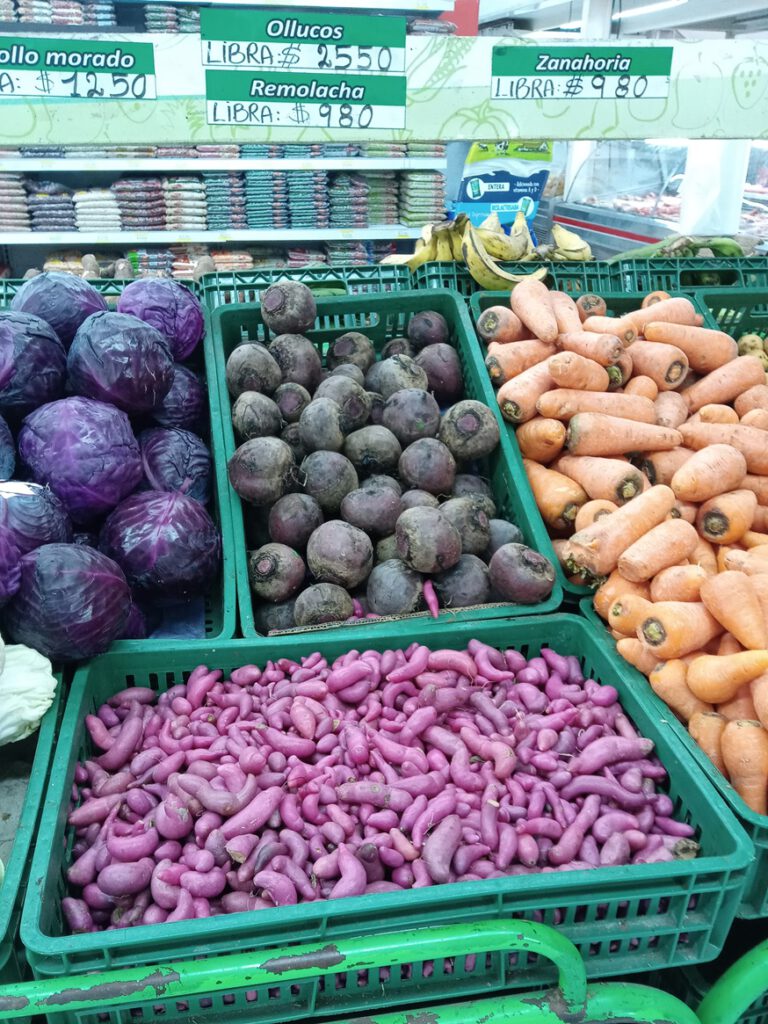
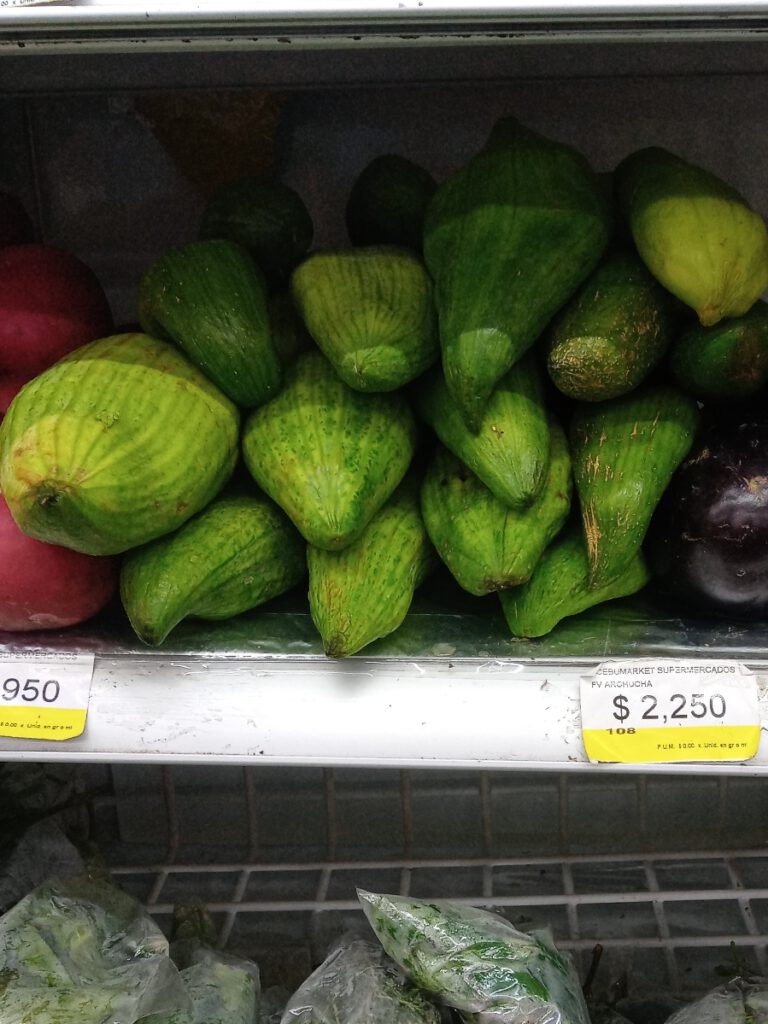
There were many other foods that were different or new to us, here I have pictures of some of them:
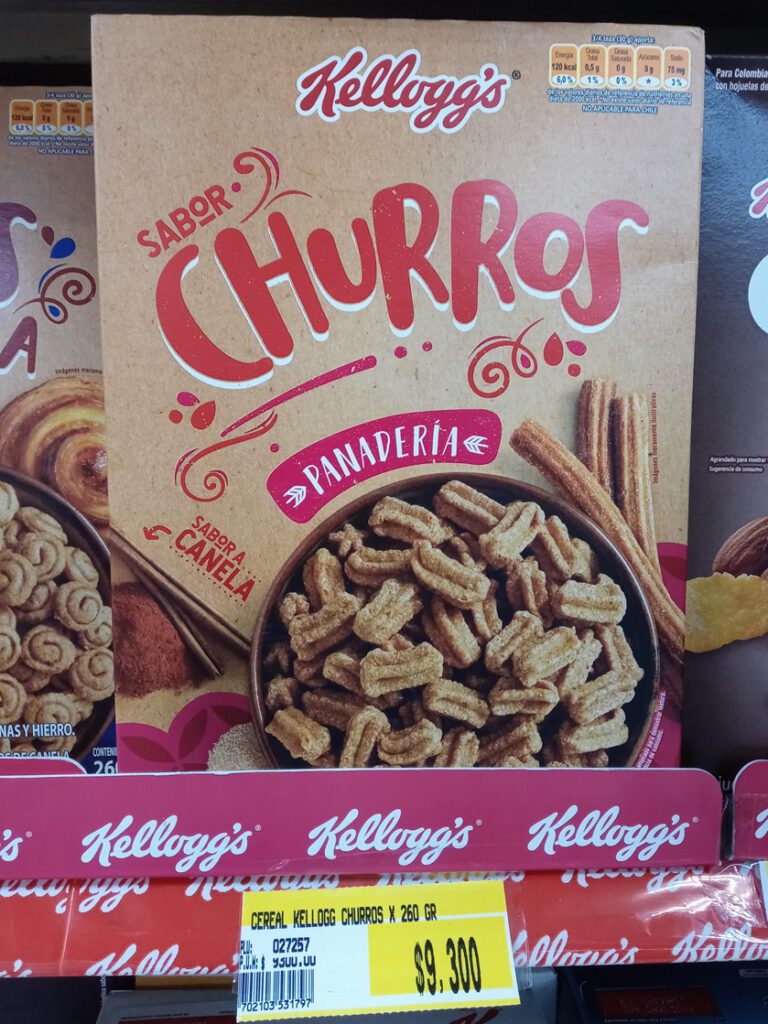
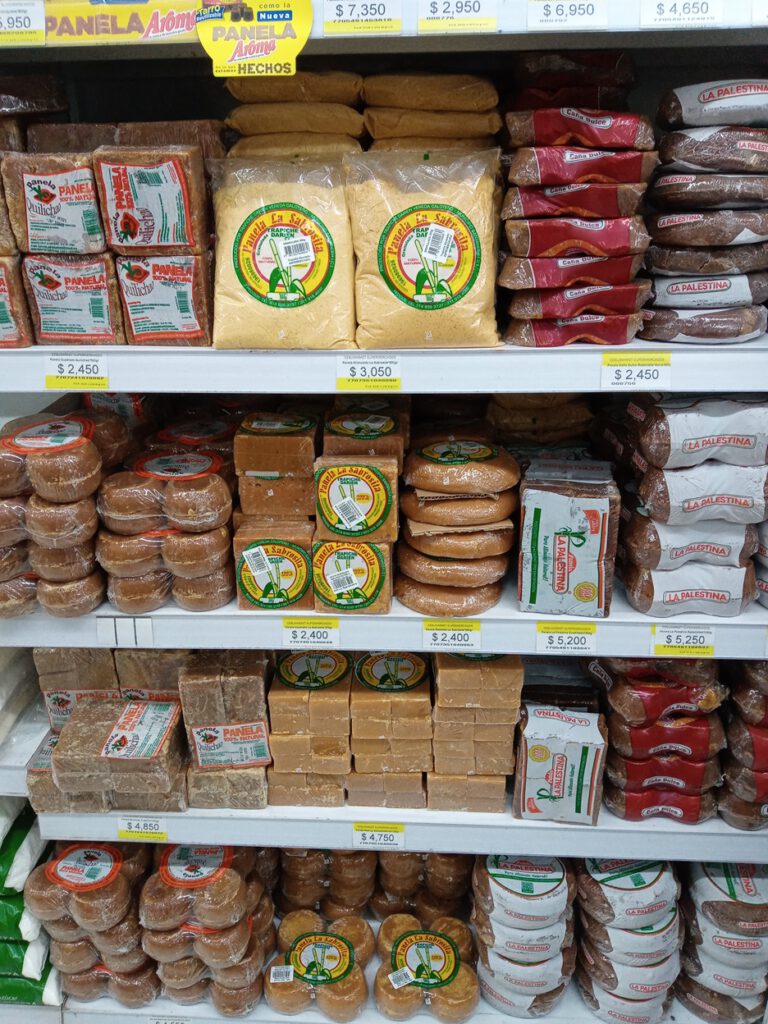
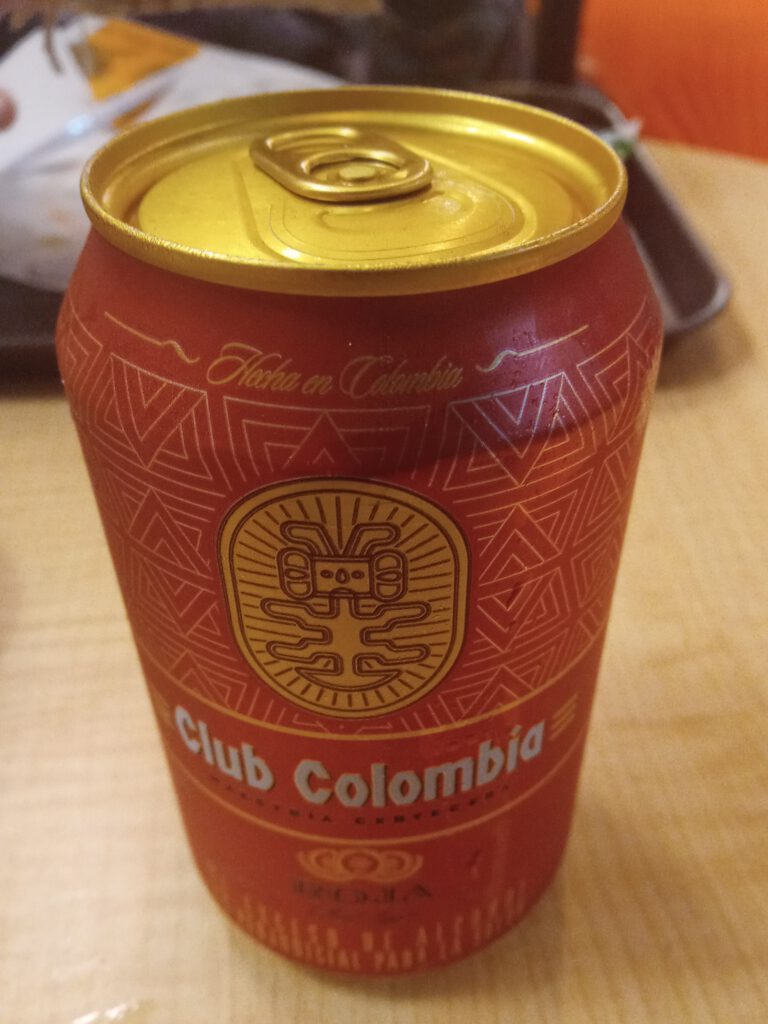
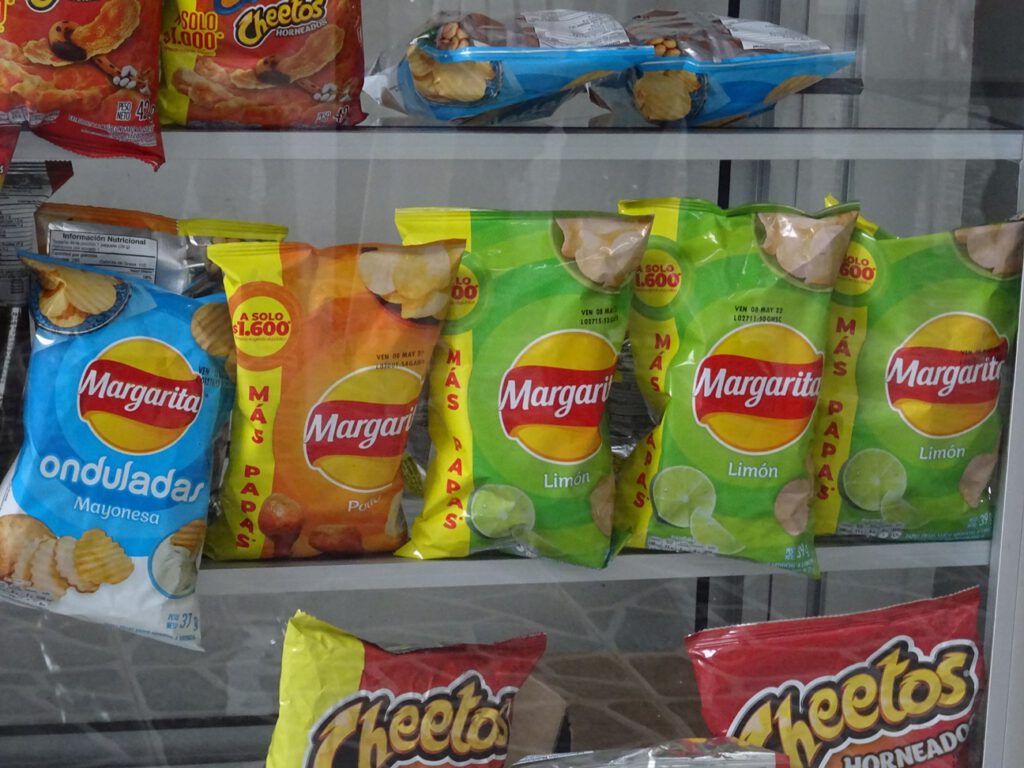
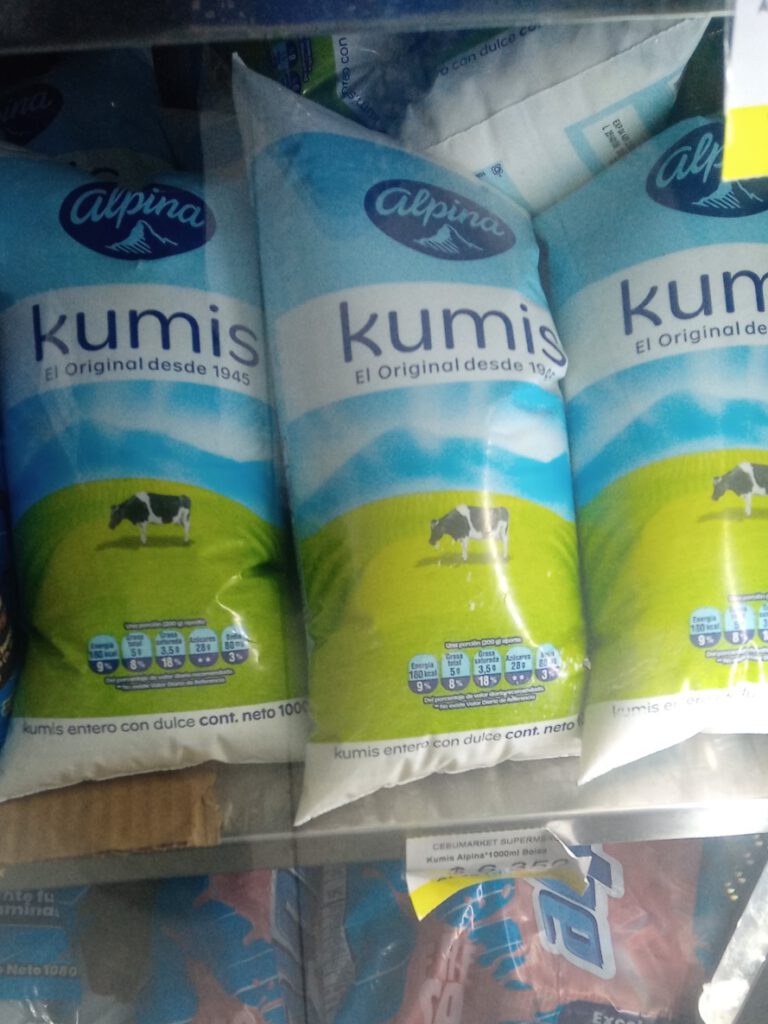
Other miscellaneous stuff:
The Panamericana is one of the best roads of Colombia, and therefore it has frequent tolls. The good thing for cyclists is that we can use the lane for motorbikes, which don’t pay
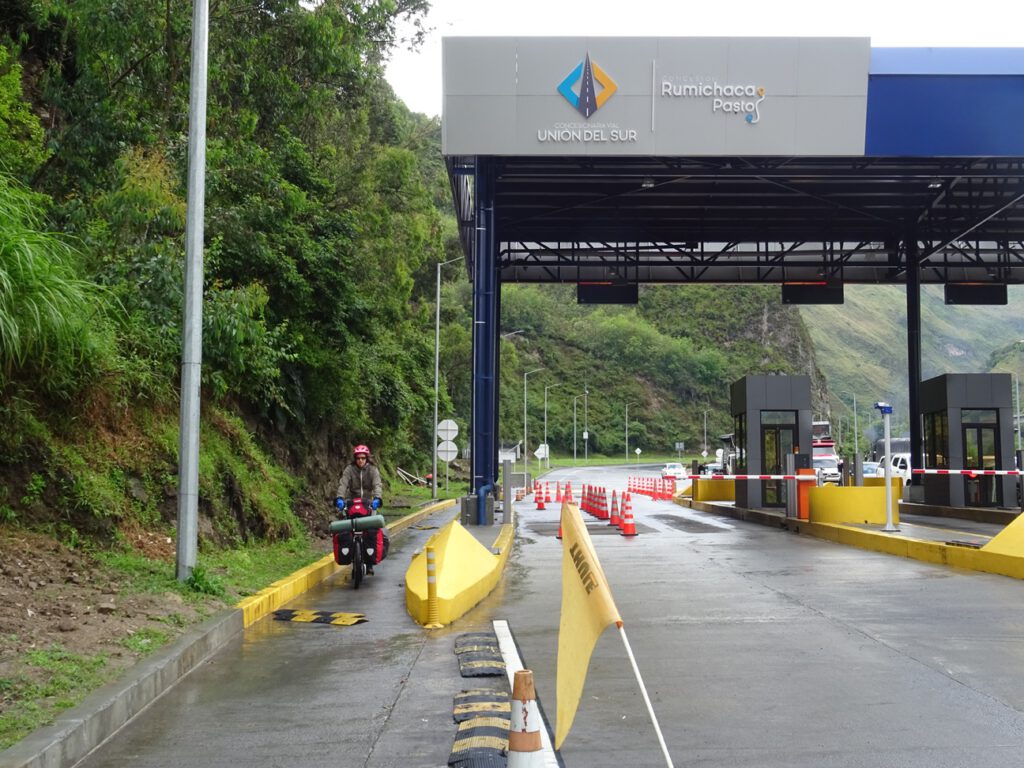
In many cases we saw petrol stations closed because they had run out of petrol. Luckily for drivers there are many petrol stations along the roads, so it’s not hard to get to the next one. Usually the guys will tell you which is the next one with stock
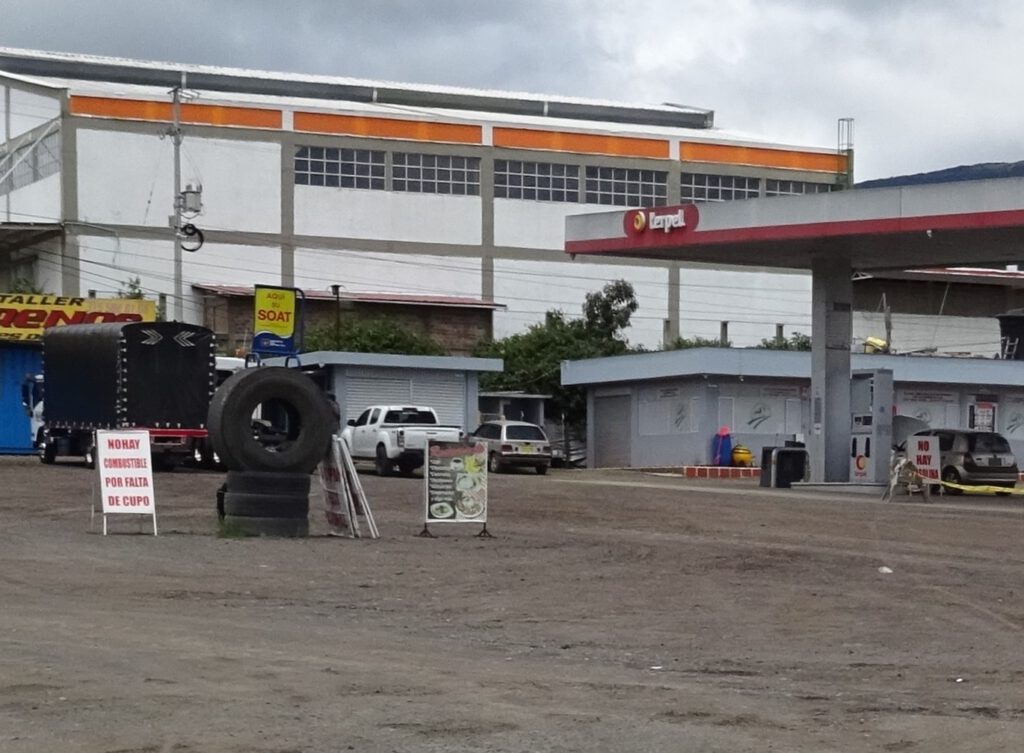
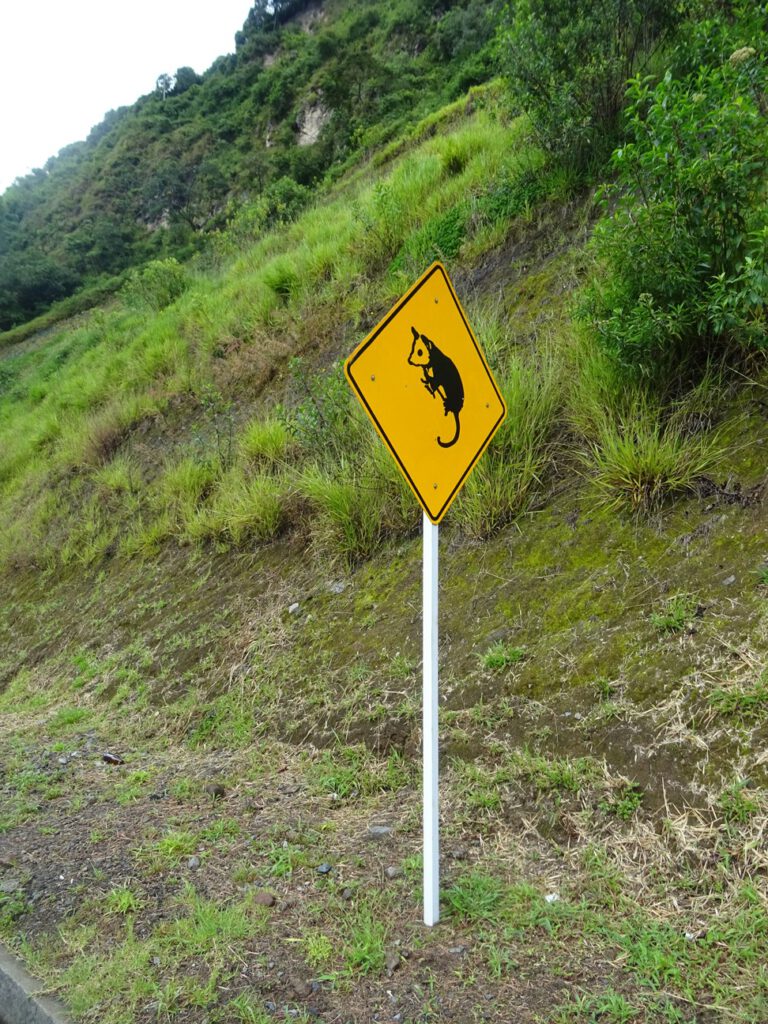
Colombia is filled with motorbikes. It’s cheaper than a car and easier to park. They carry everything there, and they don’t pay tolls. Unfortunately they seem to disregard road rules and like to overtake cars on the right, which is bad news for cyclists
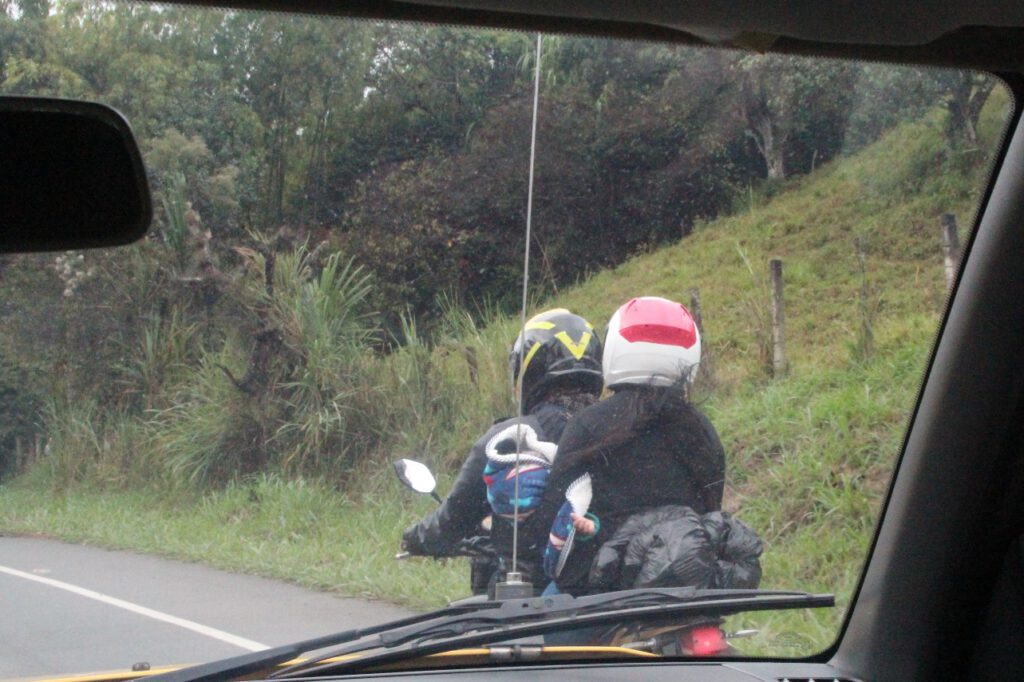
This country is famous for their professional cyclists (Nairo Quintana, Egan Bernal,…) and we saw many cyclists on the road. There seem to be 2 big groups of cyclists, the roadies with great bikes and full kit (which didn’t like to waste their time to say hello to us on the road) and the urban cyclists that take their crappy bike from A to B. Not that many leisure cyclists. In the cities, due to the risk of theft, it’s hard to see bikes parked on the street. Most people take the bike inside wherever they are going.
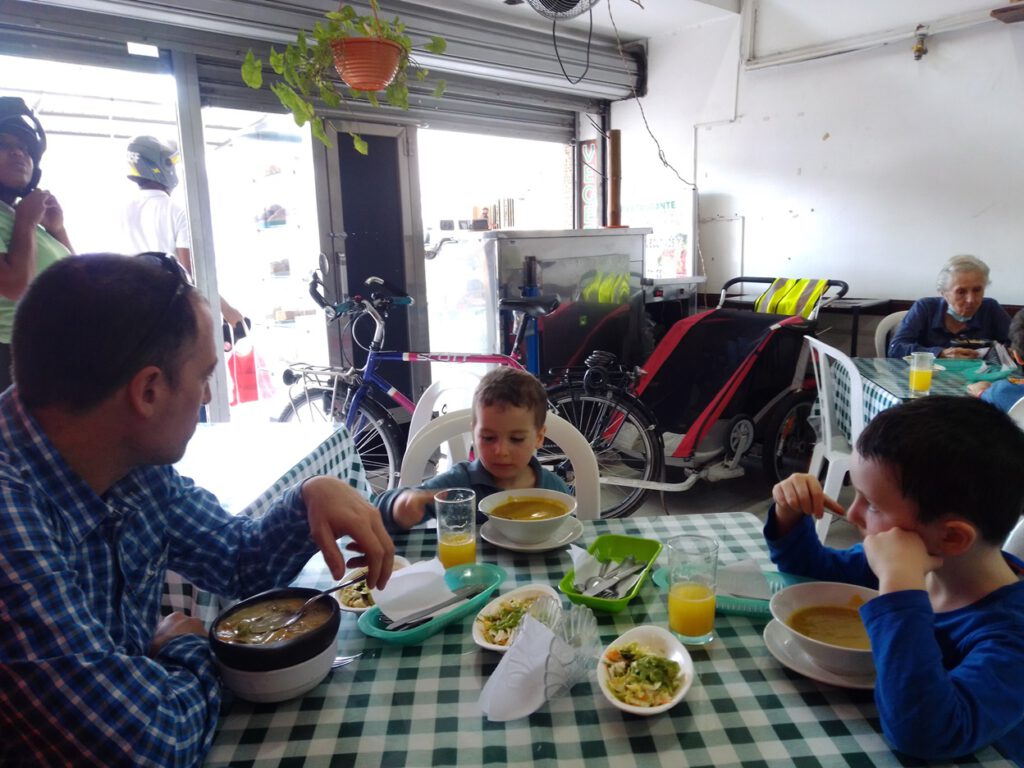
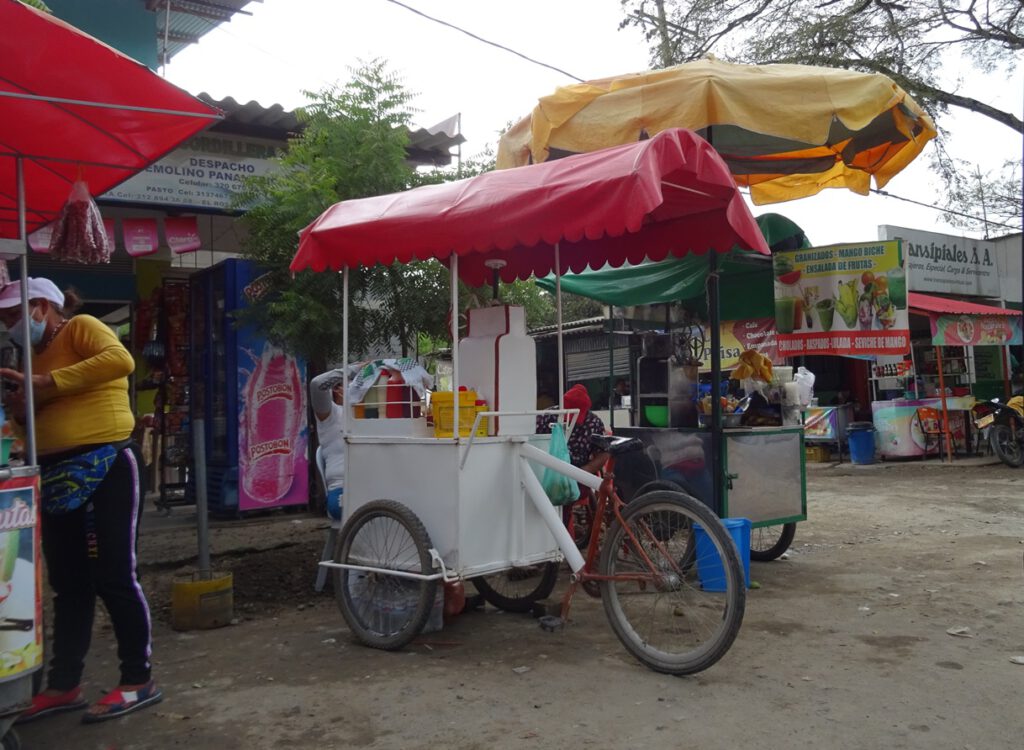
Finally, a huge problem in Colombia, Ecuador and Peru that has been forgotten in Europe is the mass emigration of Venezuelans trying to escape the economical crisis of their country. You could see them walking along the road anywhere, trying to catch a lift. Some seem to be going south, while others seem to be coming back. We were told they get some financial help for 3 months each time they get to a new country, and that’s why they keep moving. As usual, being the foreigners, they are blamed for insecurity and violence, luckily we have not been testing if this is true.
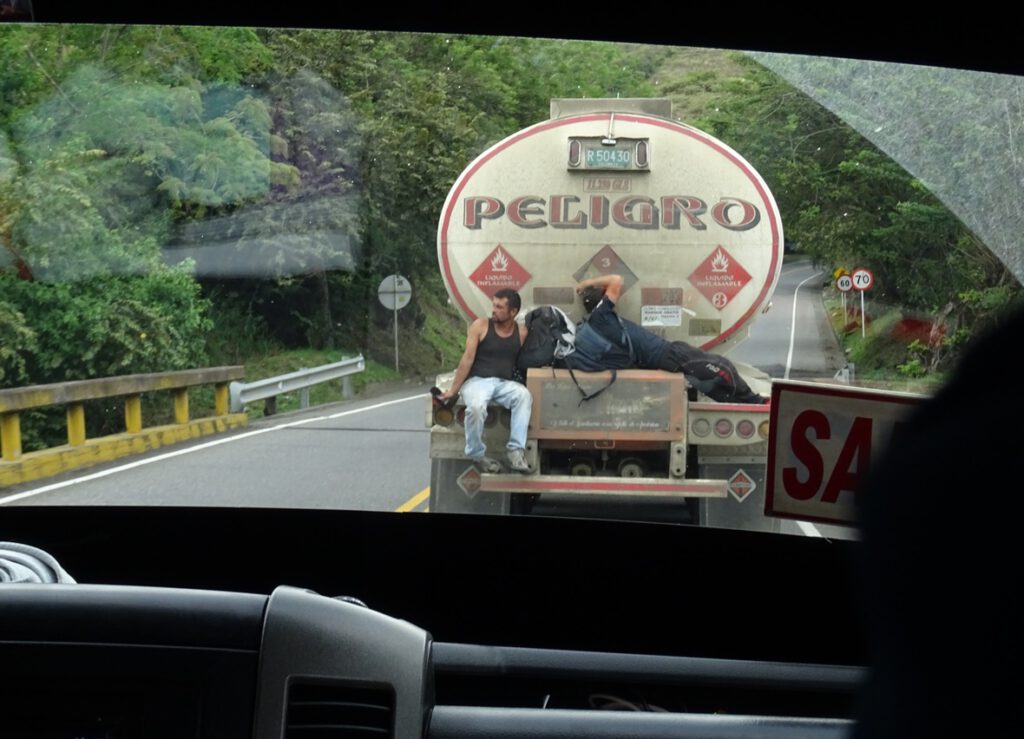
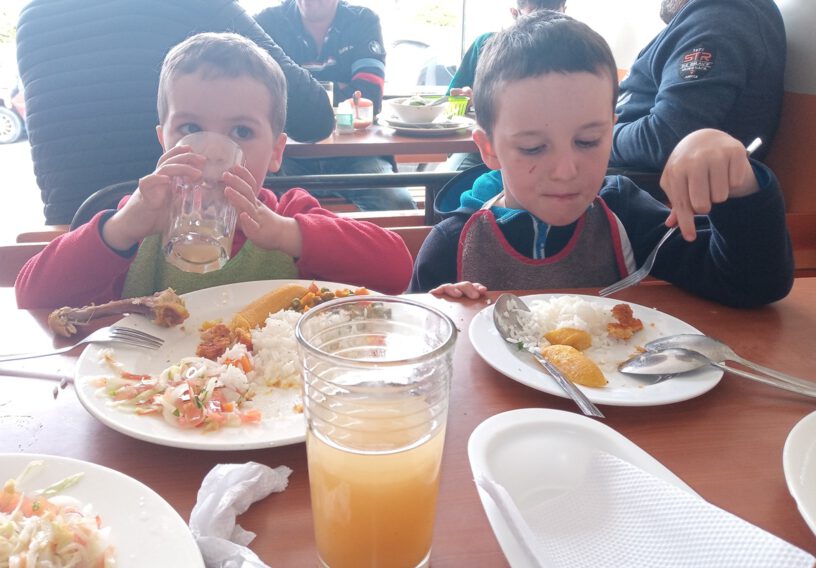
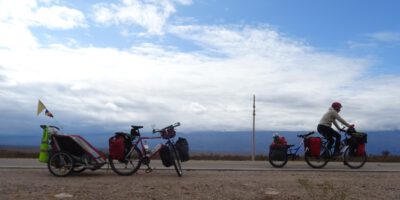
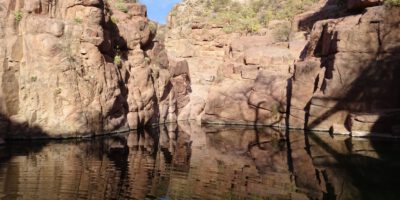
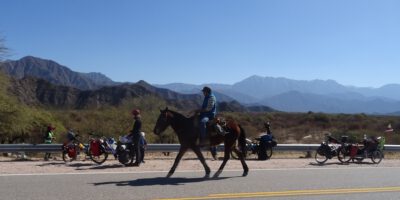
Katherine
Desayuno con gaseosa….pues dejame decirte que eso es algo tan comun del otro lado de charco . Pues si. Los andes tiene sus paisajes maravillosis pero Las carreteras no son tan buenas como deberian ser. Chile sera distinto. Harris dice que le recuerda a europa. Y si la migration es algo que tampoco ha sido bien manejada y se ven casos que Dan tristeza. En fin. Les deseo lo mejor en su siguiente parada. Miren lo positivo y disfruten de lo mejor que les ofrece Ecuador 🇪🇨 ♥
Jose
Todos los países tienen cosas positivas y negativas. Lo mejor es llevarse a casa lo positivo de cada uno y copiarlo!
Marian
Estupenda la variedad de tipos de frutas y verduras 👏. Qué buena experiencia nutricional la de Simon y Thomas…Ya sabes, yo a lo mio. Un abrazo para los 4
Jose
Están probando muchas cosas, aunque de vez en cuanto les “premiamos” con los clásicos (pasta con tomate, etc) como manera de darles algo de rutina entre tanto cambio
Ricardo
Qué pena Venezuela…. Y lo de las gasolineras cerradas parece que empieza a verse en España… Tiempos raros…